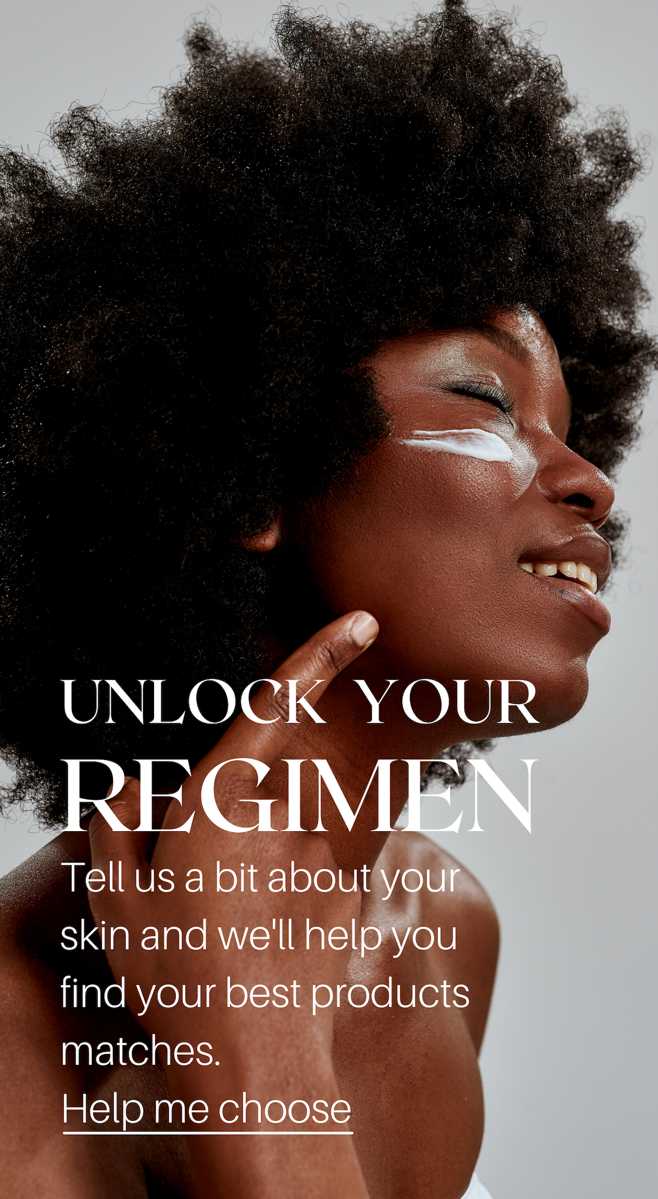Vanessa Campa Demystifying The Ingredients Label
MEET THE PROFESSIONALS:
Ask the Chemist
Part 2
Demystifying The Ingredients Label
If chemistry wasn’t your top subject in school, the ingredients list on a skin care product might raise a few questions for you. Our senior research chemist Vanessa Campa did all her homework and doesn’t mind letting you peek at her A-level answers.
VIVANT
INQUIRES
Part 2: How to read skincare ingredient labels with Vivant's Senior Research Chemist Vanessa Campa.

Q. What’s the difference between active, inactive and key ingredients?
Active ingredients are those that are considered drugs, that is, they affect the structure or function of the body in some way. They must be listed separately at the top of the ingredients list and are subject to FDA regulations.
Inactive ingredients are things like solvents, emollients, and thickeners. They act as a “delivery system” for the active ingredients. They are not regulated by the FDA but are required to be listed in order of concentration, from most to least, except in the case of amounts under 1%, which can be listed in any order.
Key Ingredient is not a term you’ll typically see on a skin care product label, but it's common on websites or in other marketing. This is just what it sounds like, the ingredients that are most important in the formula. It’s a way for manufacturers to call attention to the items that are doing the work, whether they are considered “active” by the FDA or not.
Q. Why do some products have a “drug facts” label?
Products that are considered drugs by the FDA require a drug facts label to identify active ingredients along with their percentages and purpose at the top of the list. OTC (over-the-counter) products are drugs that don’t require a prescription. Cosmetic and skin care products that contain active ingredients are OTC and must have a drug fact labels. Sunscreen, for example, carries this label because of chemical components that are regulated by the FDA.
Q. What are USP ingredients?
When you see this designation on the label, it means that the ingredients meet or exceed purity standards of the United States Pharmacopeia (USP). This is the highest quality grade. Only prescription drugs are required to meet USP standards. However, all active ingredients in Vivant products (and many of the inactive ingredients as well) are USP grade.
Q. Why don’t all skin care manufacturers use USP ingredients?
Quality is expensive. Most manufacturers opt for cheaper alternatives. Or, they may use USP ingredients in smaller percentages, which makes the product less potent.
Q. Is there a difference between USP and pharmaceutical grade?
Pharmaceutical grade products must use USP grade ingredients, but containing USP ingredients does not make a product pharmaceutical grade. Pharmaceutical grade products are available only through prescription and contain active ingredients that are classified by the FDA as drugs.



Comments